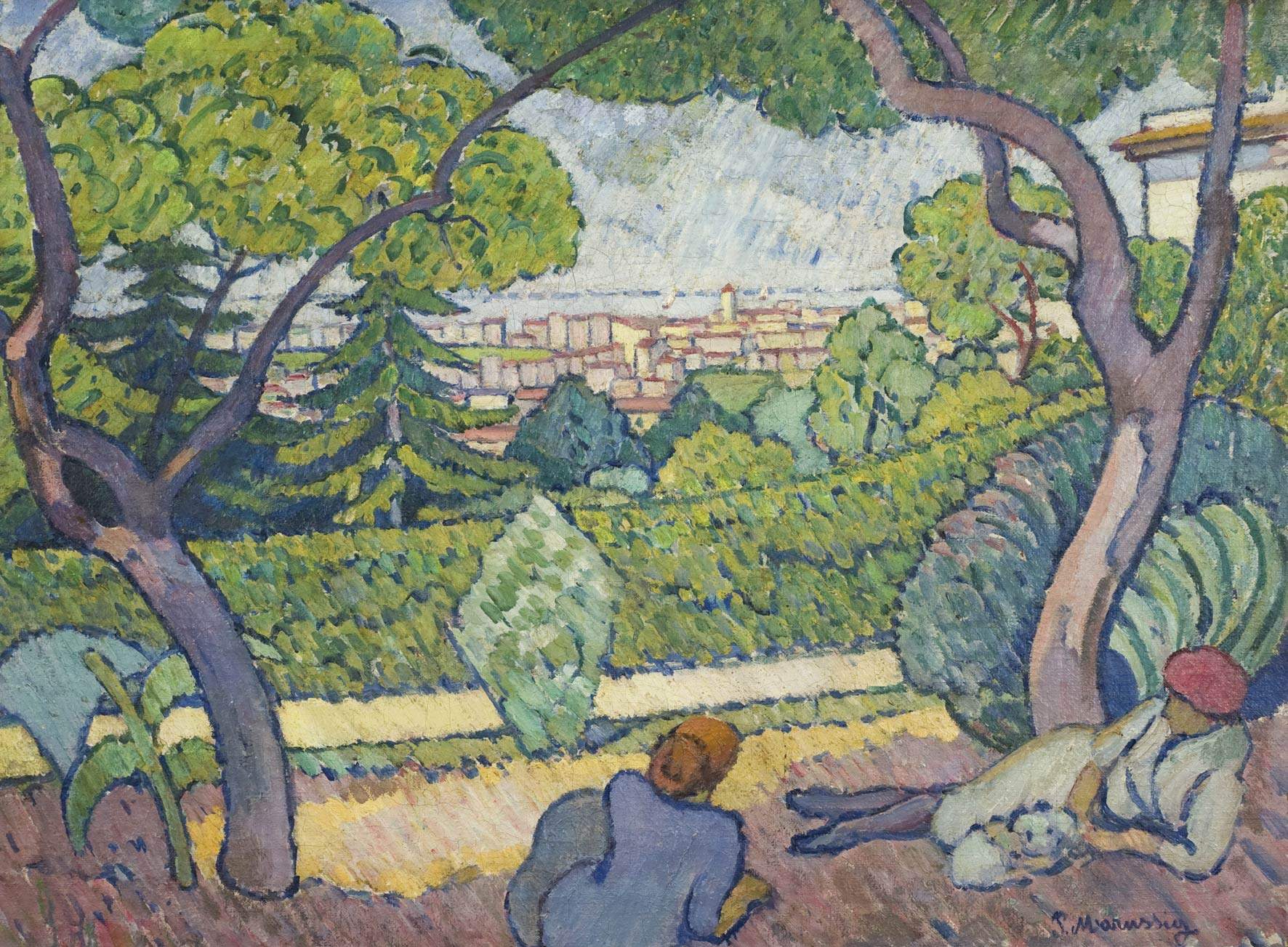From July 8 to October 9, Piero Marussig (Trieste, 1879 - Pavia, 1937), one of the protagonists of the Novecento Italiano season, returns to his city with the exhibition Piero Marussig. Room with a View of Trieste at the Civic Museum Sartorio. The exhibition, promoted by the Municipality of Trieste - Department of Culture and Tourism Policies and curated by art historians Alessandra Tiddia, curator and curator at the Mart-Museum of Modern and Contemporary Art of Trento and Rovereto, and Lorenza Resciniti, curator at the Civico Museo Sartorio in Trieste, brings together a number of paintings from the Civico Museo Revoltella and private collections.
The installation project, curated by art historian Federica Luser for Trart, presents the salient moments of Marussig’s work, namely the Trieste period collected in the Chiadino villa and the Milanese period in which the artist was a protagonist of the Novecento Italiano season. The works from his years in Trieste (1906 to 1919) reflect his perception of a “macrocosm enclosed in the microcosm of his home, where interior and exterior, nature and city, private life and social life coincided. Chiadino was his Tahiti,” as art historian Elena Pontiggia (curator together with Elena Colombo, art historian and director of the art studio of the same name in Milan, and Alessandra Tiddia, of the catalog dedicated to Piero Marussig and Claudia Gian Ferrari A Triestine Homage, published by Trart in late 2020) writes. “For a painter as intimist, indeed as intimate as he was, nature did not exceed the perimeters, however wide, of his garden, and to paint life he needed only the figures and things he saw in his rooms, on the white gravel esplanade in front of the villa, in the park of trees and plants that surrounded it.”
Siesta (1912), Evening in Trieste (1914), Concertino in the Park (1916) are just some of the works in the exhibition related to this theme. Paintings imbued with a sense of intimate coziness, that “Gemütlichkeit” which is difficult to translate with an Italian synonym, but which corresponds to a sense of harmony between oneself and one’s surroundings, as Alessandra Tiddia has well observed in the course of her studies dedicated to the artist. Piero Marussig’s paintings are windows open to the city and closed to contain an intimate world made of affections and “small and beautiful things.”
The exhibition design then dwells on the Milanese period, which began in 1919 with his first solo exhibition at the Galleria Vinciana in Milan, which opened to the artist the doors of the critics and those of Margherita Sarfatti’s salon, effectively introducing him to the Italian artistic milieu. In 1920 Marussig moved to the Lombard city and from then on exhibited alongside those painters who believed in translating classical Italian modes into a modern language: Anselmo Bucci, Leonardo Dudreville, Achille Funi, Emilio Malerba, Ubaldo Oppi, and Mario Sironi. Juxtaposing his own research with that of his colleagues, Piero Marussig abandoned expressive color and gave greater solidity to his figures, transforming that intimate everydayness typical of “Triestine” works into a suspended and idealized dimension. Until 1932 Piero Marussig would participate in all the group’s activities, exhibiting at important exhibitions in Italy and abroad.
“It could only be the Sartorio Museum, a house-museum, a jewel set on the hill of San Vito to host this essay in Trieste painting,” says Lorenza Resciniti. “First because from the windows of the second floor, where the works are set up, there is a magnificent view of the rooftops of the city’s houses, the gulf and the coast, as Marussig offers it in his paintings. Secondly, because this venue of the Civic Museums of Trieste is the ideal place-because of its atmosphere of domestic intimacy, where one likes to stand in silence and observe the inside and the outside-to exhibit the works included in this project, precious paintings normally kept by a loving private collector, who generously makes them available to us all.”
For all information you can visit www.triestecultura.it.
Image: Piero Marussig, Siesta (1912)
 |
| An exhibition on Piero Marussig in Trieste with works from the Revoltella Museum and private collections |
Warning: the translation into English of the original Italian article was created using automatic tools. We undertake to review all articles, but we do not guarantee the total absence of inaccuracies in the translation due to the program. You can find the original by clicking on the ITA button. If you find any mistake,please contact us.